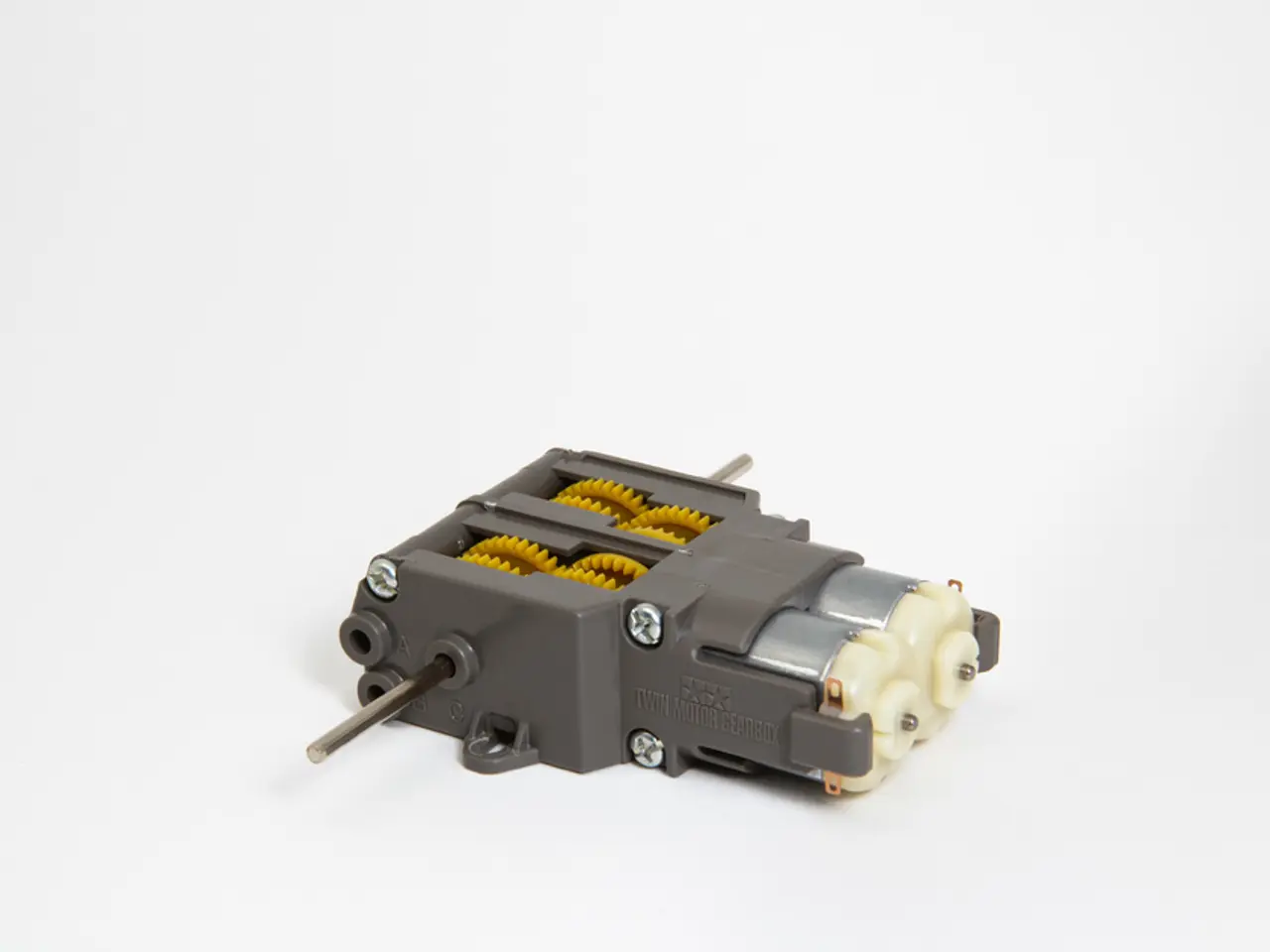Transforming Energy: A Look at Motors' Progress and Their Prospect for Energy Conversion
The Evolution and Impact of Electric Motors
In the quest for a sustainable future, electric motor technologies and renewable energy have formed a powerful partnership. Their goal? To reduce environmental impact and decrease reliance on non-renewable resources.
This symbiotic relationship didn't happen overnight. It was built on centuries of historical developments and early experiments, primarily in the 18th and 19th centuries, centred around the discovery and understanding of electricity and electromagnetism.
Foundations of Electricity Science (1600–1800s):
The journey began with William Gilbert, who coined the term "electric" in 1600 and started scientific studies on electricity and magnetism. Fast forward to the mid-1700s, and Benjamin Franklin established concepts of positive and negative charges. His famous kite experiment, linking lightning with electricity, was a significant step forward. Alessandro Volta then invented the voltaic pile, the first battery producing a steady electric current, in 1799.
Discovery of Electromagnetism (1820s):
The next breakthrough came in the 1820s, when Hans Christian Oersted demonstrated that electric current creates a magnetic field. André-Marie Ampère further explored electromagnetism, laying theoretical foundations critical for electric motor development.
Michael Faraday’s Experiments (1831):
Michael Faraday's experiments in 1831 were pivotal. He demonstrated electromagnetic induction: moving a coil in a magnetic field induces electric current, and conversely, passing current through a coil in a magnetic field can produce mechanical rotation. This principle was the basis for both early electric generators and motors.
Early Electric Motors and Generators Development (mid-1800s):
Inventors and engineers in Europe developed practical forms of the armature (a coil of wire) and refined electric motor designs. Innovations in dynamo technology made large-scale generation and use of electricity commercially feasible. Notable contributors to these advancements included French, German, Belgian, and Swiss engineers.
In-Wheel and Automotive Electric Motors (1880s-1890s):
By the late 19th century, electric wheel hub motors were being patented, and Ferdinand Porsche developed electric cars with electric wheel hub motors. The Lohner–Porsche electric car, equipped with wheel hub motors, was presented in 1900, marking one of the earliest electric vehicles.
Efficient motor operations have become crucial in reaching sustainable and profitable goals in areas such as green manufacturing and transportation. As we look to the future, innovations in motor technology include further advancements in energy storage solutions, enhanced automation, and integration of artificial intelligence and machine learning through smart motors.
The article also provides answers to related FAQs, such as how energy efficiency impacts motor technology, future innovations in motor technology, technology fostering motor optimization for sustainable solutions, and whether electric motors are environmentally-friendly. Technology can fine-tune motor performance, optimize energy use, and reduce waste, crucial in achieving sustainable manufacturing goals and sustainable living practices.
In conclusion, the evolution of motors has been characterised by continuous improvement, sustainably enhancing our world. From steam to electric, they have revolutionised several industries, propelling us into the modern era. The future focus is on making motor operations smarter, more efficient, and versatile. Engaging discussions, data-driven insights, and interactive elements will help enhance reader interest in this exciting field.
[1] William Gilbert [2] Benjamin Franklin [3] Alessandro Volta [4] Hans Christian Ørsted [5] André-Marie Ampère [6] Michael Faraday [7] Electric motor [8] Ferdinand Porsche [9] Lohner-Porsche
- The foundations of electricity science, dating back to the 1600s, were laid by pioneers like William Gilbert who coined the term "electric" and began studies on electricity and magnetism.
- In the mid-1700s, Benjamin Franklin established the concepts of positive and negative charges, and his famous kite experiment furthered the understanding of electricity's relationship with lightning.
- Alessandro Volta's invention of the voltaic pile, the first battery producing a steady electric current, in 1799, marked a significant leap in the development of electricity.
- Hans Christian Ørsted demonstrated that electric current creates a magnetic field in the 1820s, while André-Marie Ampère explored electromagnetism and established theoretical foundations essential for electric motor development.
- In 1831, Michael Faraday's experiments proved electromagnetic induction, which laid the groundwork for both electric generators and motors through the principle of converting mechanical rotation into electric current and vice versa.
- The development of practical forms of the armature and electric motor designs in Europe during the mid-1800s, along with advancements in dynamo technology, made large-scale electricity use commercially viable.
- In the late 19th century, electric wheel hub motors were patented, and Ferdinand Porsche developed electric cars equipped with these motors. The Lohner–Porsche electric car, with its innovative electric wheel hub motors, was unveiled in 1900, representing one of the earliest electric vehicles.




